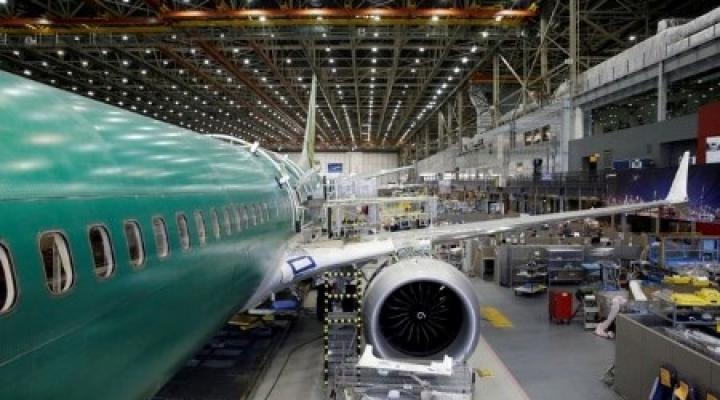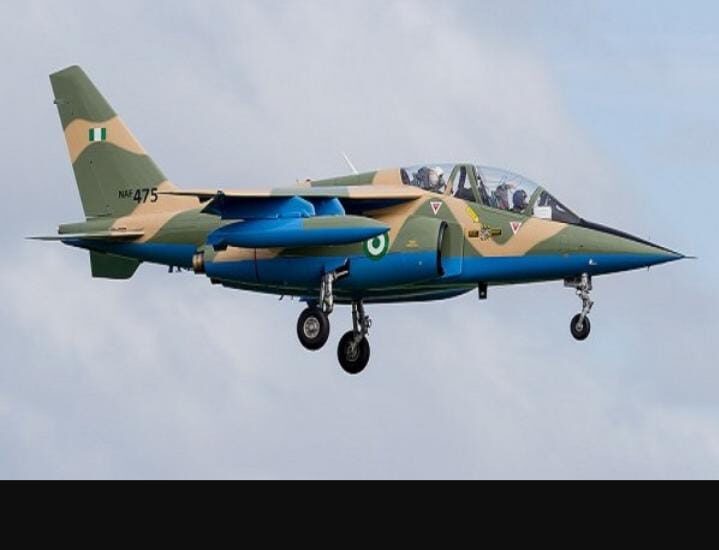
The Federal Aviation Administration’s (FAA) unprecedented decision to freeze Boeing’s 737 MAX production expansion is causing concerns in the aerospace industry. The move comes after a panel blew out on an Alaska Airlines Boeing jet, prompting the FAA’s intervention. While the FAA lifted the partial grounding of the MAX 9 model after inspections, it imposed restrictions on production increases, impacting Boeing, airlines, and suppliers.
FAA’s Unprecedented Intervention
The FAA’s decision allows Boeing to maintain the current monthly production rate for the 737 MAX but prohibits any increase. The duration of this restriction remains unspecified. Boeing’s shares dropped 2% in premarket trade, signaling the potential challenges ahead. Suppliers, including Spirit AeroSystems and Howmet Aerospace, also experienced declines.
Immediate Impact on Airlines and Suppliers
The freeze on production increases could delay deliveries of new planes to airlines and add pressure to suppliers already grappling with previous MAX crises and the pandemic. Analysts express concerns that Boeing’s factories might face heightened scrutiny, potentially tempering production increases for the widely sold MAX 8 model.
FAA’s Quality Assurance Concerns
The FAA’s intervention follows “unacceptable” quality controls triggered by the loss of a door plug on January 5. FAA Administrator Mike Whitaker emphasized the need for enhanced monitoring of production and manufacturing activities. Boeing pledged full cooperation to strengthen safety and quality.
Industry Speculations and Boeing’s Response
Analysts speculate on the impact of the FAA’s decision on Boeing’s production plans. Boeing CEO Dave Calhoun’s goal to reach 38 MAX planes per month by the end of 2023 and subsequent plans for increased production could face hurdles. The FAA’s move may impact Boeing’s plan to establish a new 737 MAX line in Everett, Washington, by mid-2024.
Airlines and Public Confidence
Airlines like Alaska Airlines and United Airlines, affected by the grounding of MAX 9 planes, can resume flying after inspections. However, potential delays and increased scrutiny could impact airlines’ growth plans. Senate Commerce Committee Chair Maria Cantwell announced hearings to investigate Boeing’s safety lapses.
Future Implications and Industry Dynamics
The FAA’s decision opens new territory in regulatory oversight, reflecting an evolving stance on safety measures. The impact on near-term production ramp remains a focal point, with airlines, suppliers, and Boeing navigating uncertainties in the aerospace industry’s landscape.
Subscribe to Follow Global Trends for daily global news.To Advertise, send a mail to advertise@followglobaltrends.com
Credit: Valerie Insinna and David Shephardson


